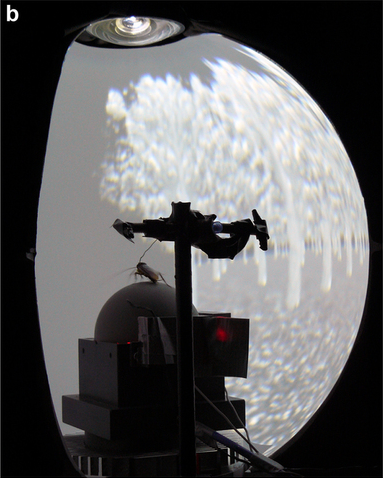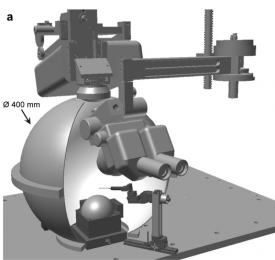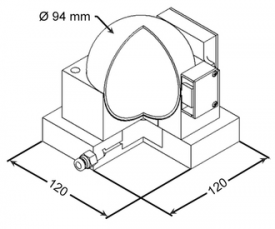 Think virtual reality is only for humans? Think again. Researchers are increasingly turning to virtual reality to perform tests that would otherwise be impossible by traditional means. Case in point: recently Mikko Vähäsöyrinki, a physicist at the University of Oulu in Finland, led a team which used a virtual reality setup to trick a cockroach into thinking that it was running around a real environment when in reality it was actually remaining entirely stationary.
Think virtual reality is only for humans? Think again. Researchers are increasingly turning to virtual reality to perform tests that would otherwise be impossible by traditional means. Case in point: recently Mikko Vähäsöyrinki, a physicist at the University of Oulu in Finland, led a team which used a virtual reality setup to trick a cockroach into thinking that it was running around a real environment when in reality it was actually remaining entirely stationary.
[youtube http://www.youtube.com/watch?v=xyChMj_NUNc]
The benefit of using virtual reality in this case is that the researchers are able to make measurements about the animal that they wouldn’t otherwise be able to if it was running around in a real environment. “Virtual reality’s key benefit is having conditions that enable naturalistic behavior but, for example, are constrained enough to record individual nerve cells while an animal is behaving,” Vähäsöyrinki told Popular Mechanics.
The setup used for the cockroach was very similar in principle to that of a mouse trackball. The cockroach sat atop a large hollow ball that levitated via air flow, giving it a low-friction property which allowed the cockroach to easily move the ball below it’s feet as though it were real ground. The cockroach was bound so that it wouldn’t fall off of the ball and so that measurements could be taken. Two sensors tracked the ball’s horizontal and vertical movement which, when combined together, provided a vector for the direction that the insect wants to move. Feed this information into a computer and use it to move the project, and voila — you’ve got VR for a cockroach. Apparently the cockroach is convinced.
This is all part of a paper by Vähäsöyrinki et al which shows how VR, which is now relatively accessible, can be used to enhance scientific study and experimentation. The paper, titled ‘A Fast and Flexible Panoramic Virtual Reality System for Behavioral and Electrophysiological Experiments’ can be read in its entirety right here.
No doubt developments in these areas will influence virtual reality technology as applied to gaming, and certainly vice-versa.
It’s interesting to see the hovering ball technique that was spelled out in the paper. So far, all consumer oriented VR systems lack an immersive way for the user to navigate their virtual environment — this still has to be done using a controller of some sort. The problem, obviously, is finding a way for the user to be able to walk around the virtual environment in a natural way without requiring that there be empty space around the user that is equal to the virtual space.
There are solutions to this problem — they just aren’t exactly practical for the end-user yet. Omni-directional treadmills have been used in extensive VR setups, including the impressive Battlefield 3 VR simulation. But so far such treadmills are not mass-produced and not practical for an end-user from a price or space perspective.
Applying the hovering ball technique to a human-sized VR setup might actually work well, unfortunately the ball would need to be impractically massive so ensure that the curvature was close to flat and easy to walk on (at least 20 feet in diameter by my reckoning). One huge ball might not be practical, but it’s possible that an array of small balls would work. It would still take up a decent amount of space, but would likely be much more compact that an omni-directional treadmill based on a single plane of moving material as I’ve looked at previously.








